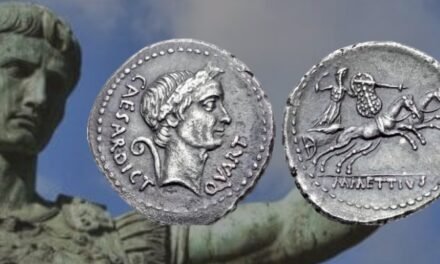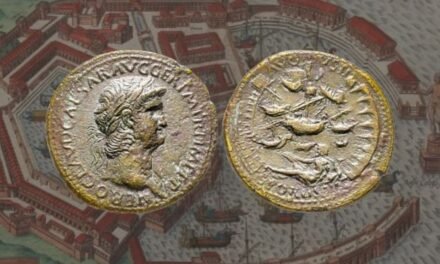For those fascinated by ancient coins and their historical significance, the Persian Daric of gold stands as a captivating numismatic specimen.
This remarkable coin not only served as a medium of exchange but also bore intricate designs that provide valuable insights into the art and culture of the time. Find out all the information about this coin in this article:
Basic information about Persian Daric
The Persian daric, also known as the darig or daric, was a gold coin that originated in ancient Persia during the Achaemenid Empire, which existed from approximately 550 BCE to 330 BCE.
The term “daric” is sometimes used more broadly to refer to similar gold coins that were issued by later Persian empires.
- The daric is historically significant as it was one of the first standardized gold coins in the world.
Key features of the Persian daric of gold:
Weight and Purity:
The daric typically weighed around 8.4 grams of pure gold. It was known for its consistent weight and high purity, usually around 95.83% gold.
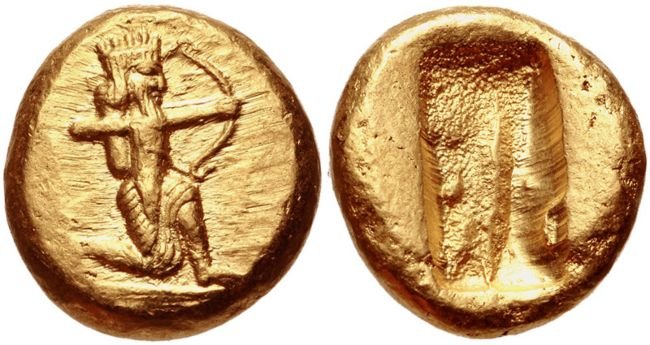
Gold coin design:
One side of the coin typically featured the image of the Persian king or emperor, often portrayed in a running or kneeling position, holding a bow with a quiver of arrows on his back.
The reverse side often showcased an incuse punch, creating a raised impression of the obverse design.
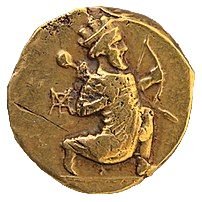
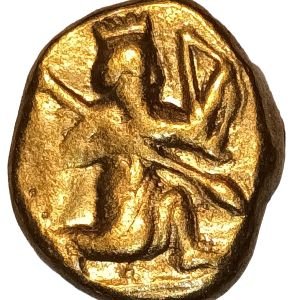
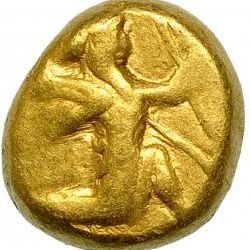
Value of the Persian Daric coin
In terms of the value for collectors, Persian darics can be highly sought after due to their historical significance and the fact that they were among the earliest gold coins produced in a standardized manner.
The rarity, condition, and historical context of individual darics can greatly influence their market value among numismatists and collectors.
- Its value can vary greatly, since it can be found from $800 to $3,000. Well-preserved specimens from the reign of Darius I can fetch upwards of $10,000 USD at auctions.
Historical Context:
The daric was associated with the Achaemenid rulers, including notable figures like Cyrus the Great and Darius I. It continued to be minted and used for several centuries, even after the conquests of Alexander the Great.
The daric played a crucial role in Persian commerce and military payments. It was widely used for trade and as a form of tribute or taxation. Its introduction facilitated easier and more reliable transactions, as the standardized weight and purity instilled confidence in its acceptance.
Conclusion
The Persian Daric of gold stands as a testament to the economic and cultural might of the Achaemenid Empire. Its intricate design and historical significance render it a fascinating object of study for numismatists and history enthusiasts alike.
Furthermore, its enduring value as a collectible ensures that the Daric’s legacy will continue to captivate collectors for generations to come.
- Click here to read other interesting articles about ancient coins and currencies.
- Other sources.


